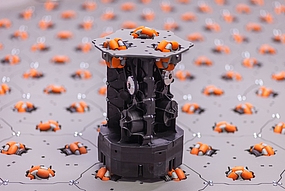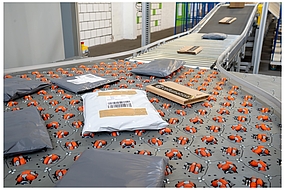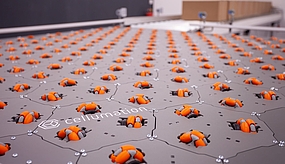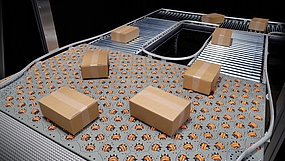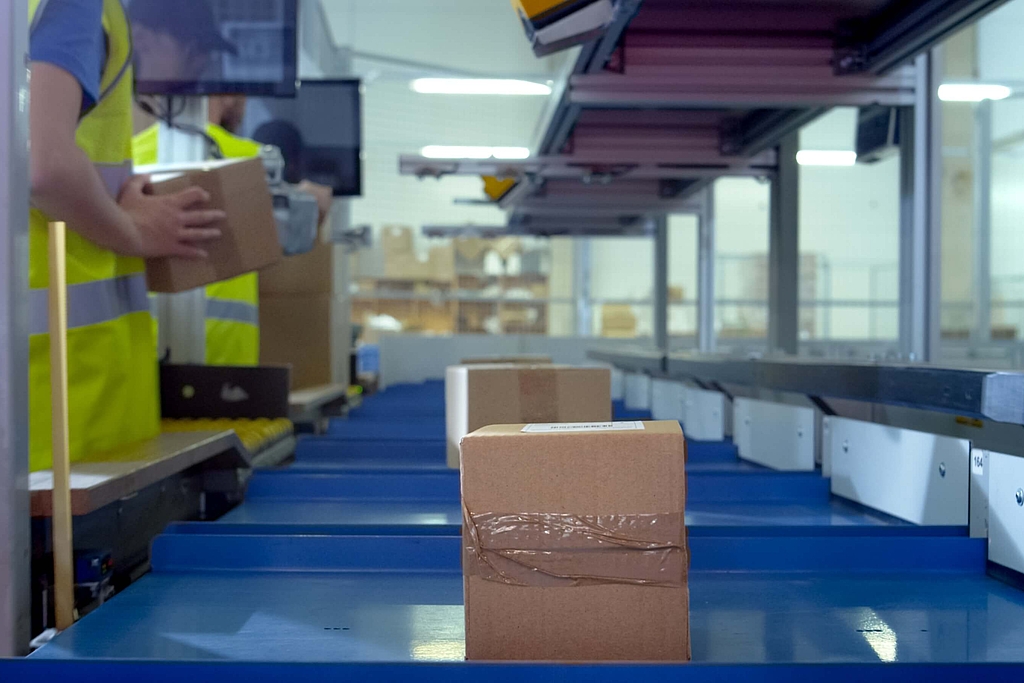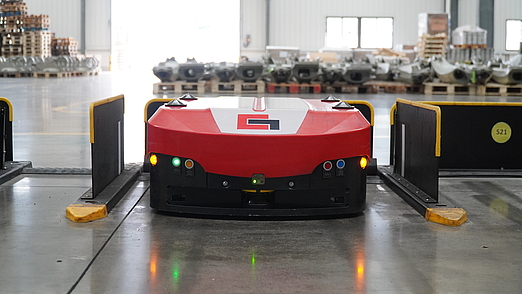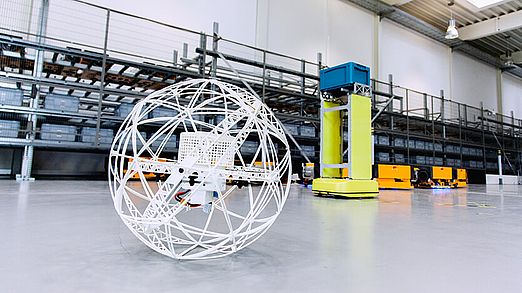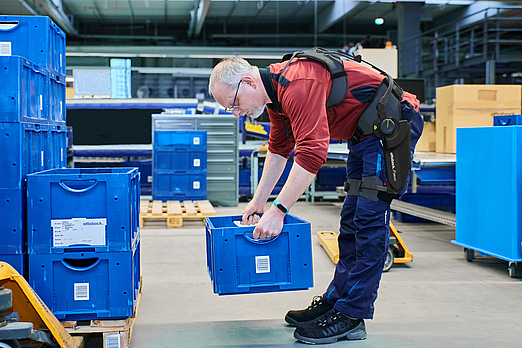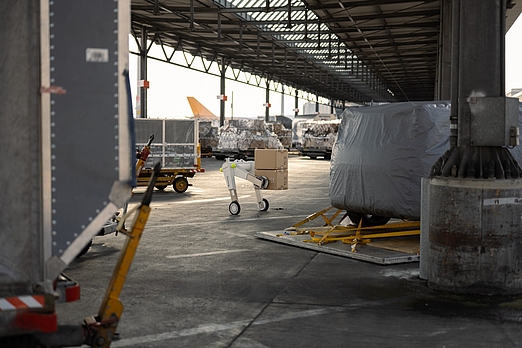The hexagonal cell that can “distribute” parcels
- Facts
E-commerce has sparked a boom in global parcel logistics, fueling demand for nifty warehousing solutions – hence “Celluveyor” was born. The innovative startup combines many benefits to help tackle some of the challenges facing modern warehouses. Yet the system is as sophisticated as it is straightforward, using hexagon-shaped elements, combined in a modular system, to bring packages onto the right track – literally. Find out more about what upside-down robots have to do with order picking and how this protects the eardrums of warehouse staff in the process...
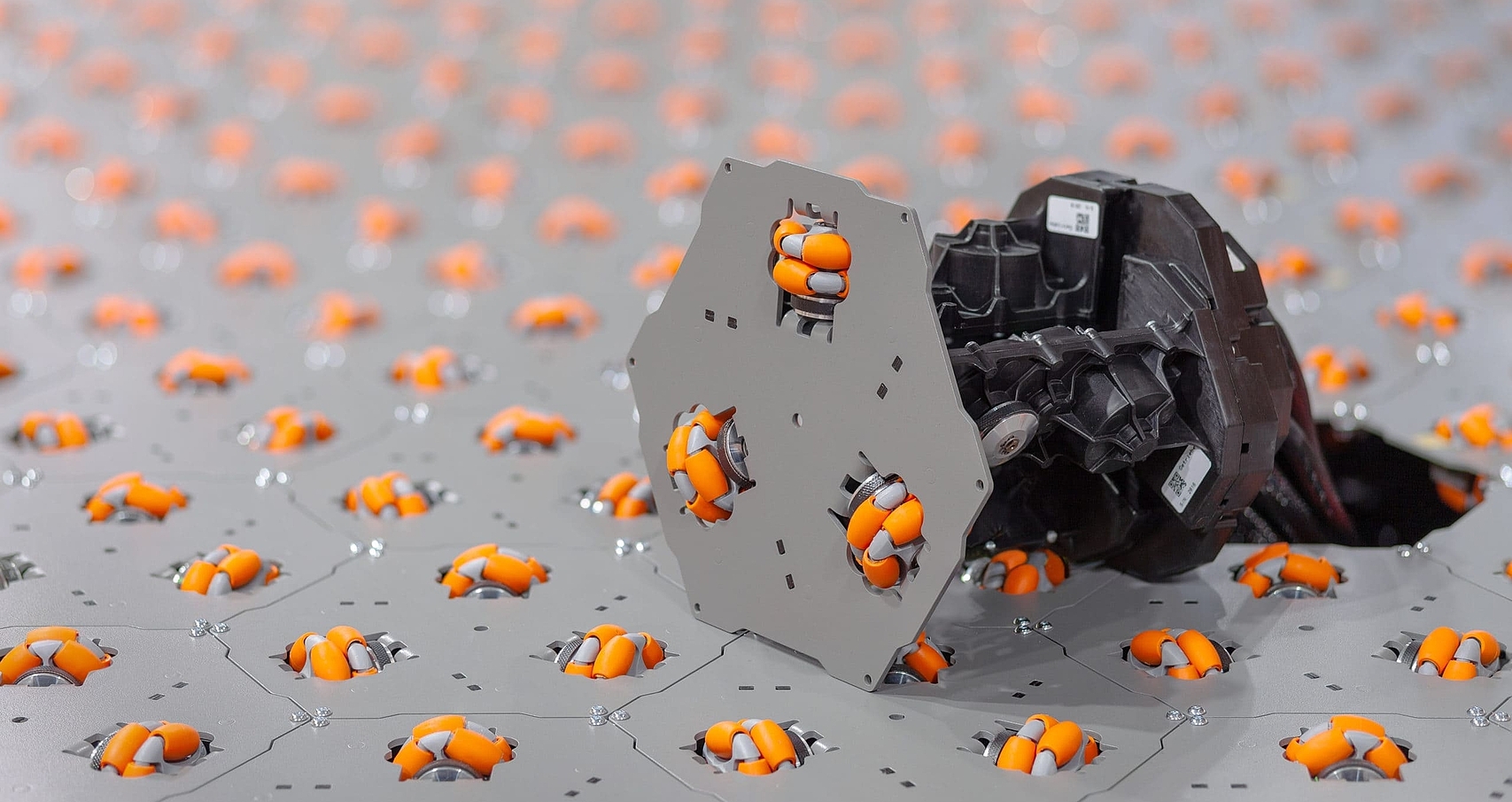
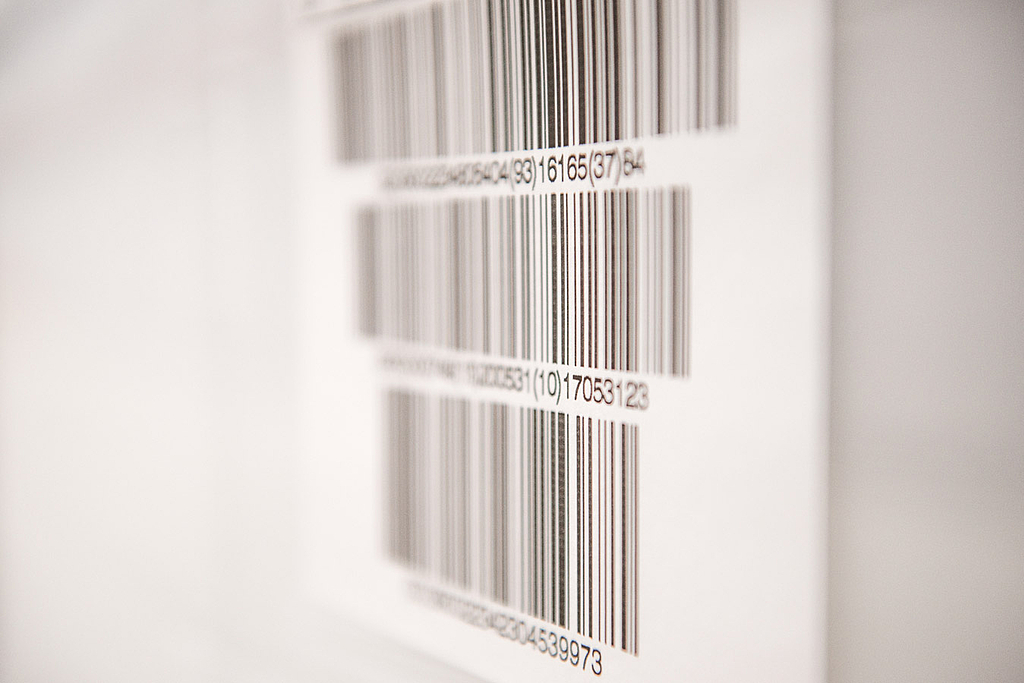
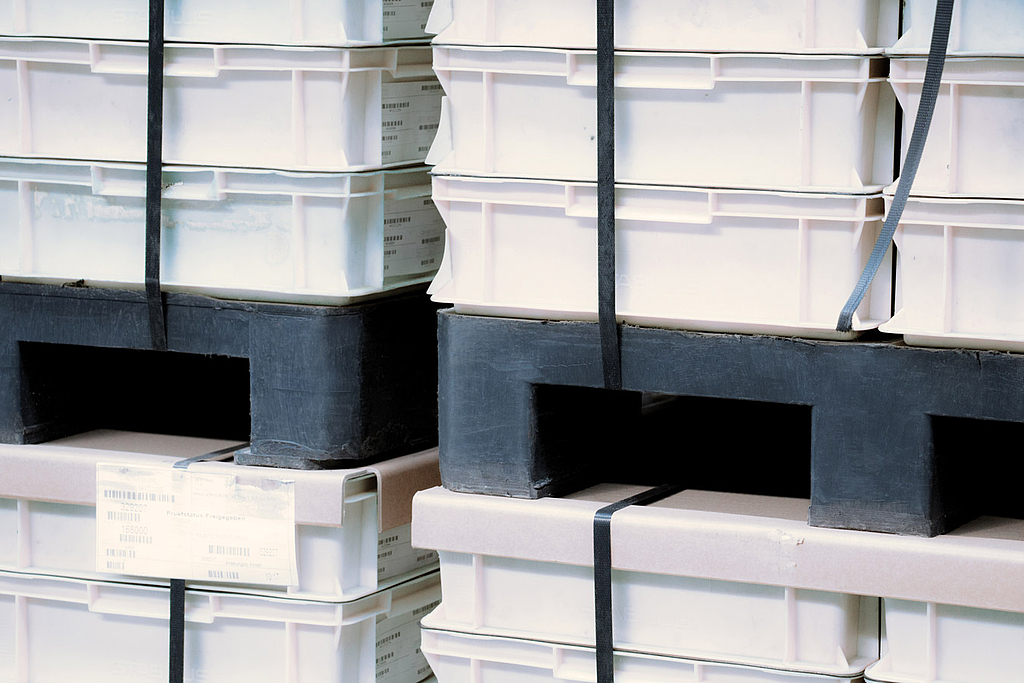
We offer specialized logistics solutions and warehousing facilities for the requirements of a range of industries.
Uniform standards in all of our logistics centers around the world ensure high quality and reliability. Benefit from our comprehensive network of warehouses in Europe, Asia and the USA.
Find out more
